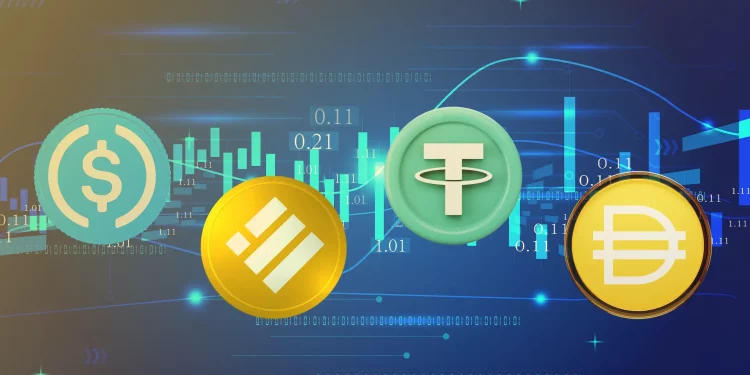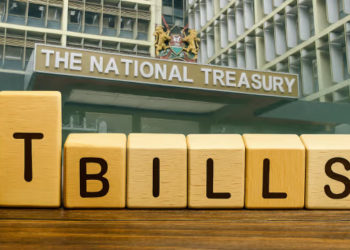In recent years, the financial landscape has undergone a major transformation due to rapid technological advancement. Among the most revolutionary innovations in this digital finance era are stablecoins which are form of cryptocurrency designed to maintain a stable value. Unlike other cryptocurrencies such as Bitcoin or Ethereum, whose prices fluctuate due to speculation and market forces, stablecoins are uniquely structured to offer the speed and decentralization of blockchain technology while retaining the price stability of traditional money.
Stablecoins are essentially digital tokens pegged to real world assets such as fiat currencies, commodities like gold, or even other cryptocurrencies. This peg ensures that the value of a stablecoin remains relatively constant over time. For instance, one unit of USD Coin (USDC) or Tether (USDT) is designed to always equal one U.S. dollar. The idea behind stablecoins is to combine the trust and familiarity of conventional currency with the efficiency, transparency, and global accessibility of blockchain systems.
There are several types of stablecoins, classified based on their backing mechanism. Fiat backed stablecoins are supported by reserves of real money held in bank accounts. For every digital coin issued, an equivalent amount of fiat currency is held by the issuing company. Examples include Tether (USDT) and USD Coin (USDC). Crypto backed stablecoins, on the other hand, are secured by other cryptocurrencies. They rely on smart contracts and over collateralization to maintain price stability; for example, the DAI stablecoin is backed by Ethereum. Lastly, algorithmic stablecoins use automated algorithms to control their supply and demand. Instead of being backed by assets, they maintain stability through code based market adjustments
Stablecoins play an increasingly vital role in the global financial system because they offer both efficiency and accessibility. They enable instant cross border payments with minimal fees, bypassing the slow and expensive processes of traditional banks. They are also widely used in Decentralized Finance (DeFi) platforms, where they facilitate lending, borrowing, and trading without intermediaries. Moreover, in regions suffering from inflation or currency instability, stablecoins provide a safe and accessible store of value, helping individuals preserve their purchasing power. Their application in remittances has also grown rapidly, as workers can send money home almost instantly without losing value to exchange rate fluctuations or service charges.
However, stablecoins also face several risks and challenges. The main concern lies in transparency and regulatory oversight. Questions remain about whether all issuers truly hold adequate reserves to back every coin in circulation. Regulators such as the U.S. Securities and Exchange Commission (SEC) and the International Monetary Fund (IMF) are increasingly emphasizing the need for stronger supervision to prevent potential misuse, fraud, and financial instability. Algorithmic stablecoins, in particular, have raised doubts about their reliability during periods of market volatility.


















